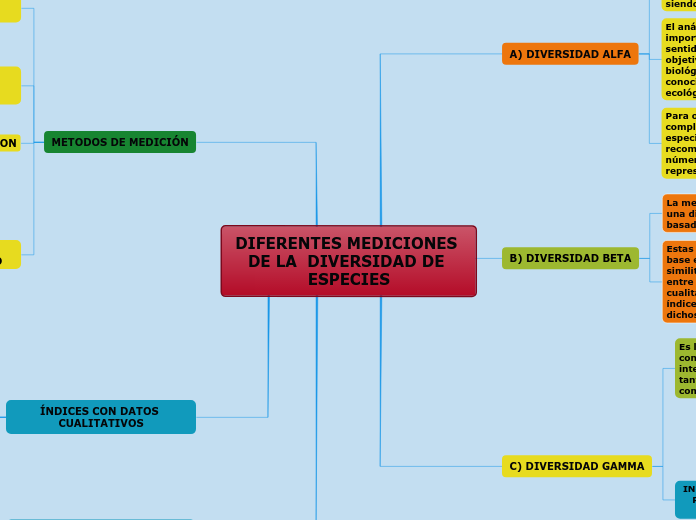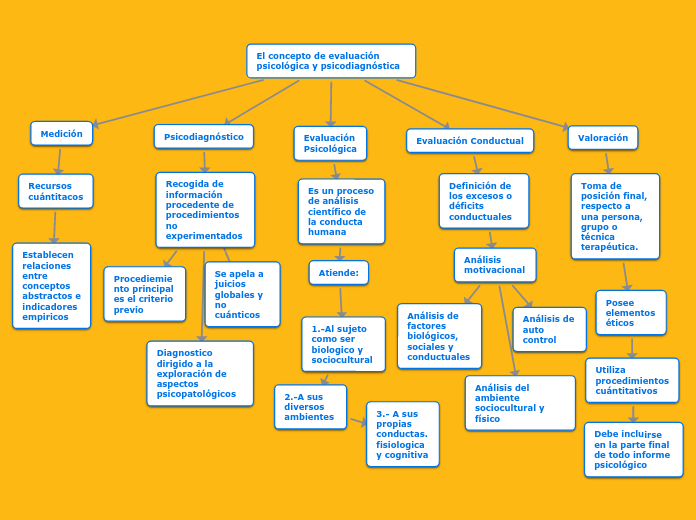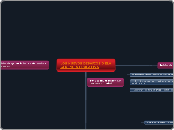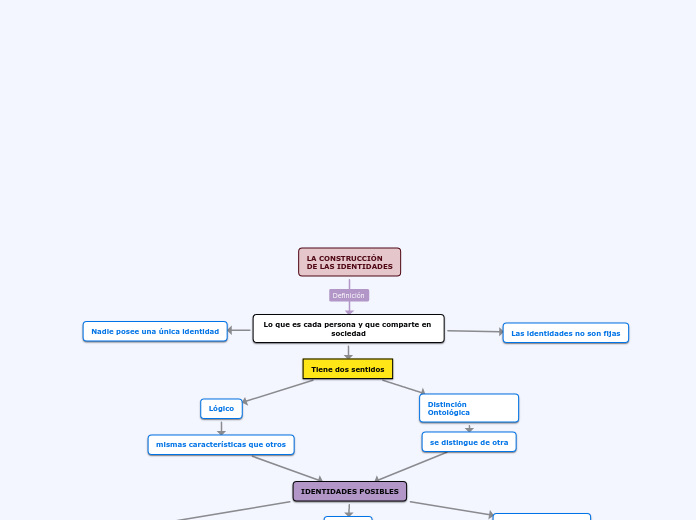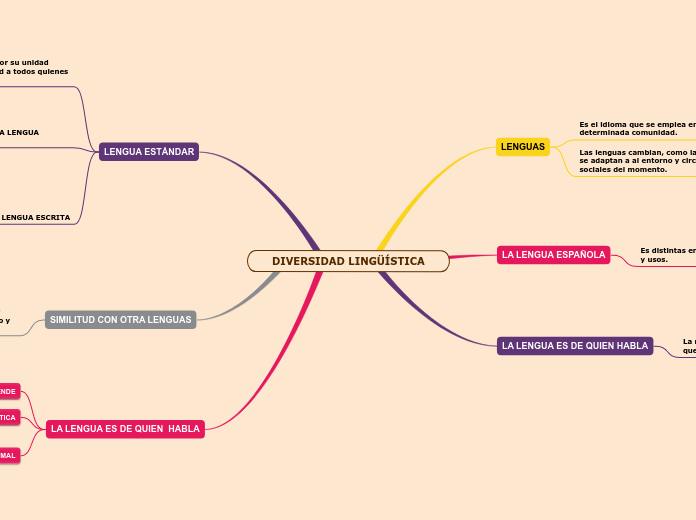DIFERENTES MEDICIONES DE LA DIVERSIDAD DE ESPECIES
Marine life, sea life or ocean life, is represented by the plants, animals and other organisms that live in the saltwater of the sea or ocean, or the brackish water of coastal estuaries.
At a fundamental level, marine life affects the nature of the planet. Marine organisms produce oxygen and sequester carbon.
ÍNDICES CON DATOS CUANTITATIVOS
Fish are limbless cold-blooded vertebrate animal with gills and fins living wholly in water.
2) Índice de Morisita-Horn
Rays are the largest group of cartilaginous fishes, with well over 600 species in 26 families.
Rays look like bats in the water, and this is probably why they are called batoids. Rays use their pectoral fins to 'fly' through the water. Though a bony fish takes in water with its mouth, rays do not because they live at the bottom of the ocean.
Name a few of the most known species.
1) Coeficiente de similitud de Sorensen para datos cuantitativos
Species in the shark subclass have skeletons made from cartilage, not bone, and have five to seven gill slits on each side of their heads (most other fish have only one gill slit on each side), which they use to filter oxygen from the water.
Enumerate a few of the most known species of sharks:
ÍNDICES CON DATOS CUALITATIVOS
Marine invertebrates lack a vertebral column, and some have evolved a shell or a hard exoskeleton. Some of them can collect bacterias or even absorb harmful components. For instance, sea sponges are able to take in the excess amount of ammonium in the ocean water.
They have more than 10,000 species, name a few that are the most common.
5) Índice de Ochiai-Barkman
4) Índice de Braun-Blanquet
3) Índice de Sokal y Sneath
2) Coeficiente de similitud de Sorensen (Czekanovski-Dice Sorensen)
1) Coeficiente de similitud de Jaccard
METODOS DE MEDICIÓN
A coral reef is an underwater ecosystem characterized by reef-building corals. Reefs are formed of colonies of coral polyps held together by calcium carbonate. Most coral reefs are built from stony corals, whose polyps cluster in groups.
The 3 main types of reef are: atoll, barrier reefs, fringing reefs.
Write down their characteristics as well as the importance of the reefs
ÍNDICES DE SIMILITUD/DISIMILITUD
Coral reefs are important for many different reasons aside from supposedly containing the most diverse ecosystems on the planet.
A partir de un valor de similitud (s) se puede calcular fácilmente la disimilitud (d) entre las muestras: d = 1- s.
Expresan el grado en el que dos muestras son semejantes por las especies presentes en ellas, por lo que son una medida inversa de la diversidad beta, que se refiere al cambio de especies entre dos muestras.
ÍNDICE DE SIMPSON
- Where are fringing reefs found?
- How is it formed?
- What animals live in fringing reefs?
El índice de Simpson concede relativamente poca importancia a las especies no abundantes y mayor significación a las que sí lo son. Los valores son de 0 a 1.
ÍNDICE DE EQUIPARIDAD (Igualdad y desigualdad)
(Pielou)
- What is a barrier reef?
- How is it formed?
- Where are barrier reefs located?
ÍNDICE DE SHANNON – WIENER
- How does an atoll form?
- Where are atolls found?
- Can people live on an atoll?
1. El número de especies.
2. La igualdad o desigualdad de la distribución de individuos de las diferentes especies.
La función de Shannon- Wiener combina dos componentes de la diversidad.
C) DIVERSIDAD GAMMA
Marine mammals are aquatic mammals that rely on the ocean and other marine ecosystems for their existence.
They include animals such as seals, whales, manatees, sea otters, and polar bears. They are an informal group, unified only by their reliance on marine environments for feeding.
INFORMACIÓN REQUERIDA PARA LOS ANÁLISIS DE DIVERSIDAD
- How are seals and sea lions alike?
- Are seals or sea lions aggressive?
- Why are sea lions called sea lions?
- What is a group of seals called?
En la mayor parte de las investigaciones de comunidades únicamente se indagan datos a los puntos 1 y 2.
Los sitios ocupados por los individuos como tales.
Los sitios ocupados por los individuos de cada especie.
Número de individuos de cada especie.
Número de especies.
Es la riqueza de especies del conjunto de comunidades que integran un paisaje, resultante tanto de las diversidades alfa como de las diversidades beta.
- How big are whales?
- What do whales eat?
- How are whales different from fish?
- Where do whales live in the world?
- What are whales known for?
B) DIVERSIDAD BETA
Seabirds are birds that are adapted to life within the marine environment. While seabirds vary greatly in lifestyle, behavior, and physiology, they often exhibit striking convergent evolution, as the same environmental problems and feeding niches have resulted in similar adaptations.
Name a few of bird species who live at sea or at the seaside:
Estas proporciones pueden evaluarse con base en índices o coeficientes de similitud, de disimilitud o de distancia entre las muestras a partir de datos cualitativos o cuantitativos o bien con índices de diversidad beta propiamente dichos.
La medición de la diversidad beta es de una dimensión diferente porque está basada en proporciones o diferencias.
A) DIVERSIDAD ALFA
Currently, of the approximately 12,000 extant reptile species and subspecies, only about 100 are classed as marine reptiles: extant marine reptiles include marine iguanas, sea snakes, sea turtles and saltwater crocodiles.
Para obtener parámetros completos de la diversidad de especies en un hábitat, es recomendable cuantificar el número de especies y su representatividad.
The marine iguana, also known as the sea iguana is a species of iguana found only on the Galápagos Islands that has the ability, unique among modern lizards, to forage in the sea, making it a marine reptile.
Add important facts about marine iguanas. For e.g. how long can a marine iguana stay underwater or how long do they live, etc.
El análisis del valor de importancia de las especies cobra sentido si recordamos que el objetivo de medir la diversidad biológica es, además de aportar conocimientos a la teoría ecológica.
Crocodilians may be found swimming out at sea, but they can't live out there in the way that a marine turtle can.
Research, then write down what you know about them. For e.g, their lifespan, their weight, where you can spot them. etc
El empleo de un parámetro depende básicamente de la información que queremos evaluar, es decir, de las características biológicas de la comunidad que realmente están siendo medidas.
Write down some interesting facts about sea turtles, like how long they live or how long can they dive, etc.
